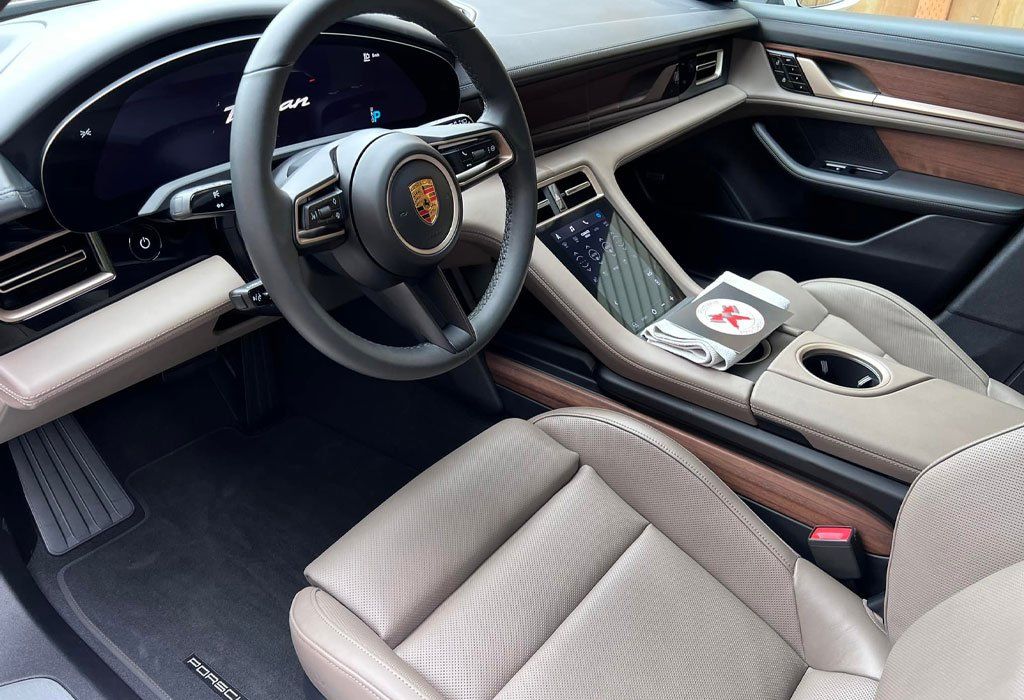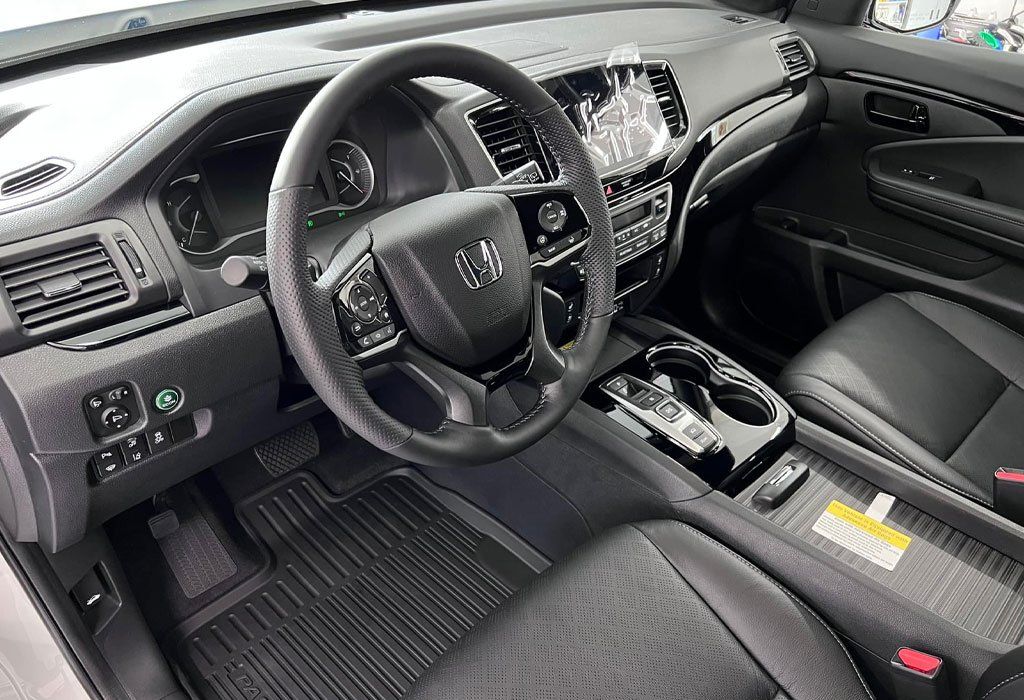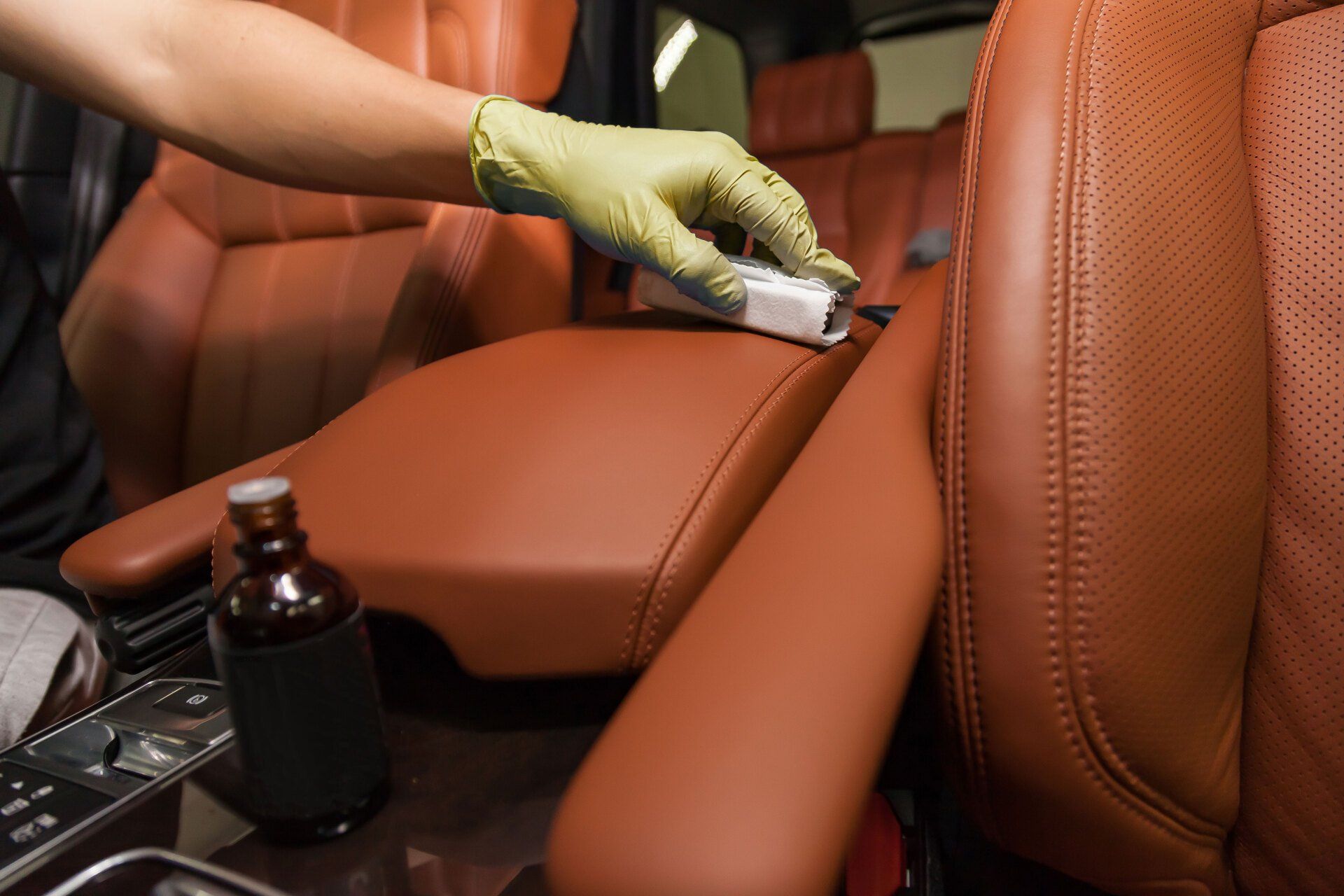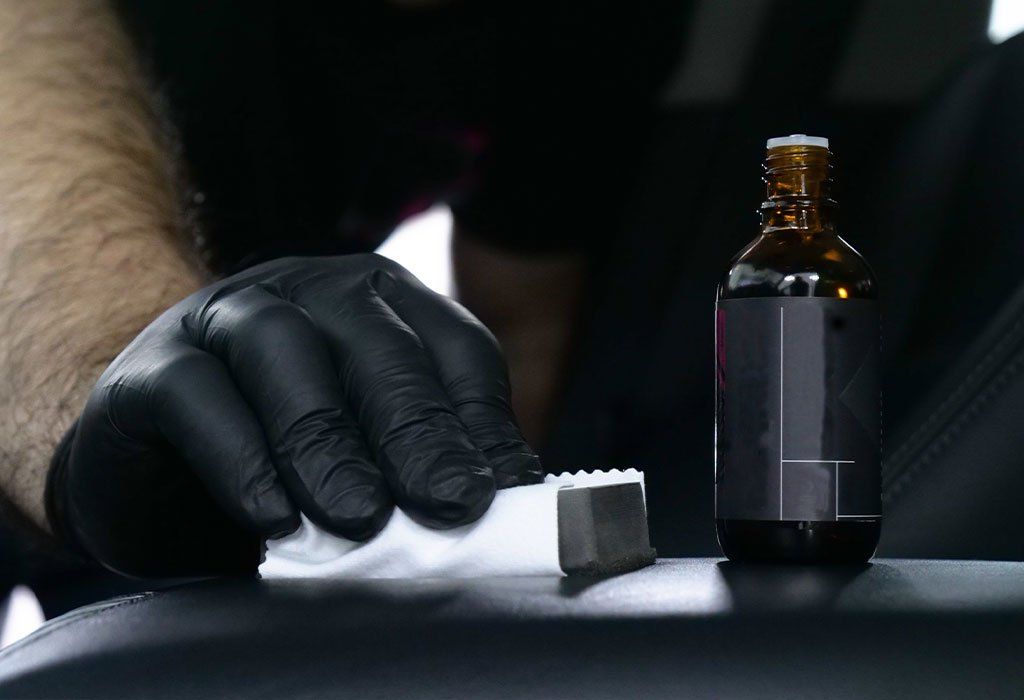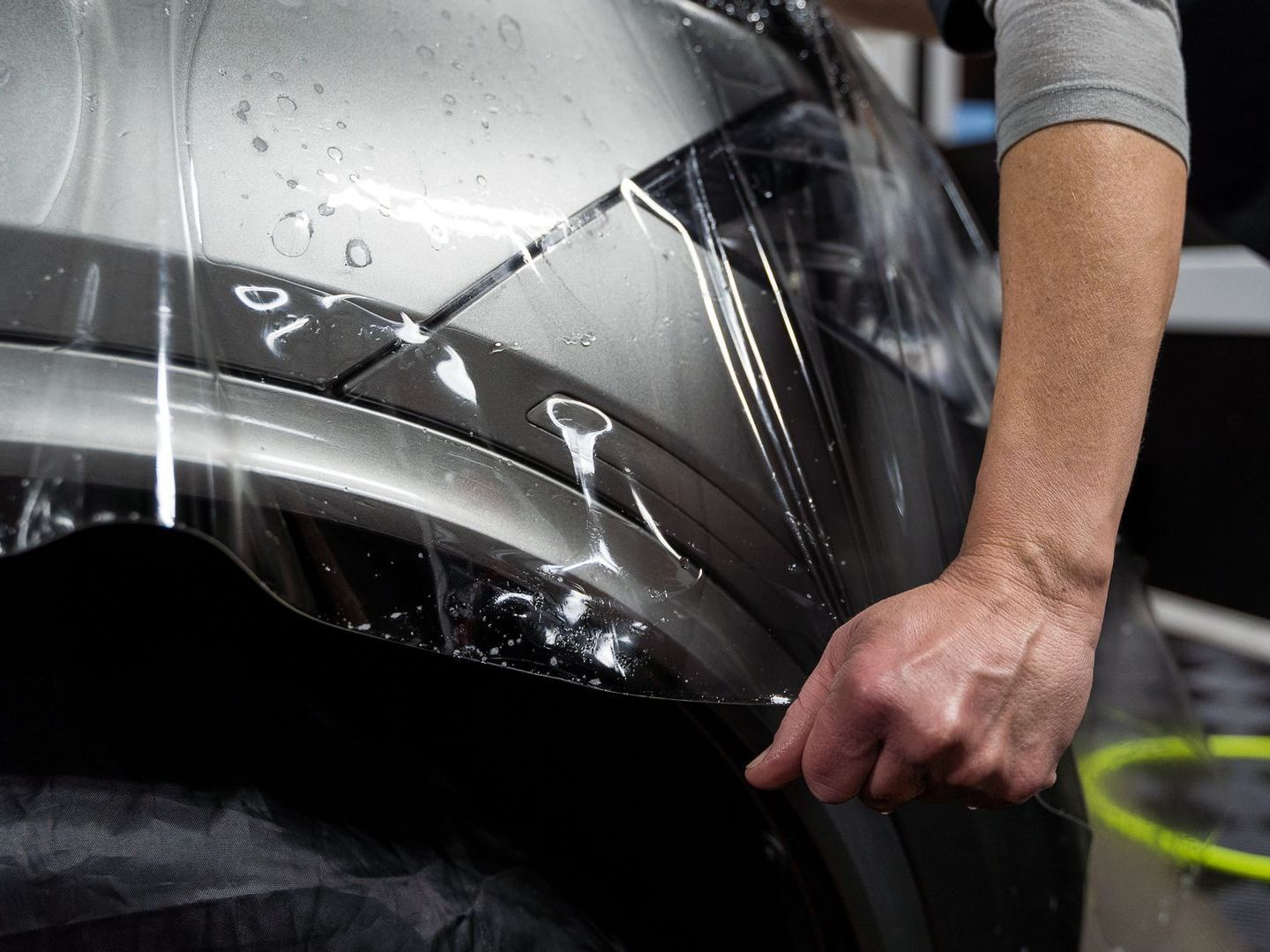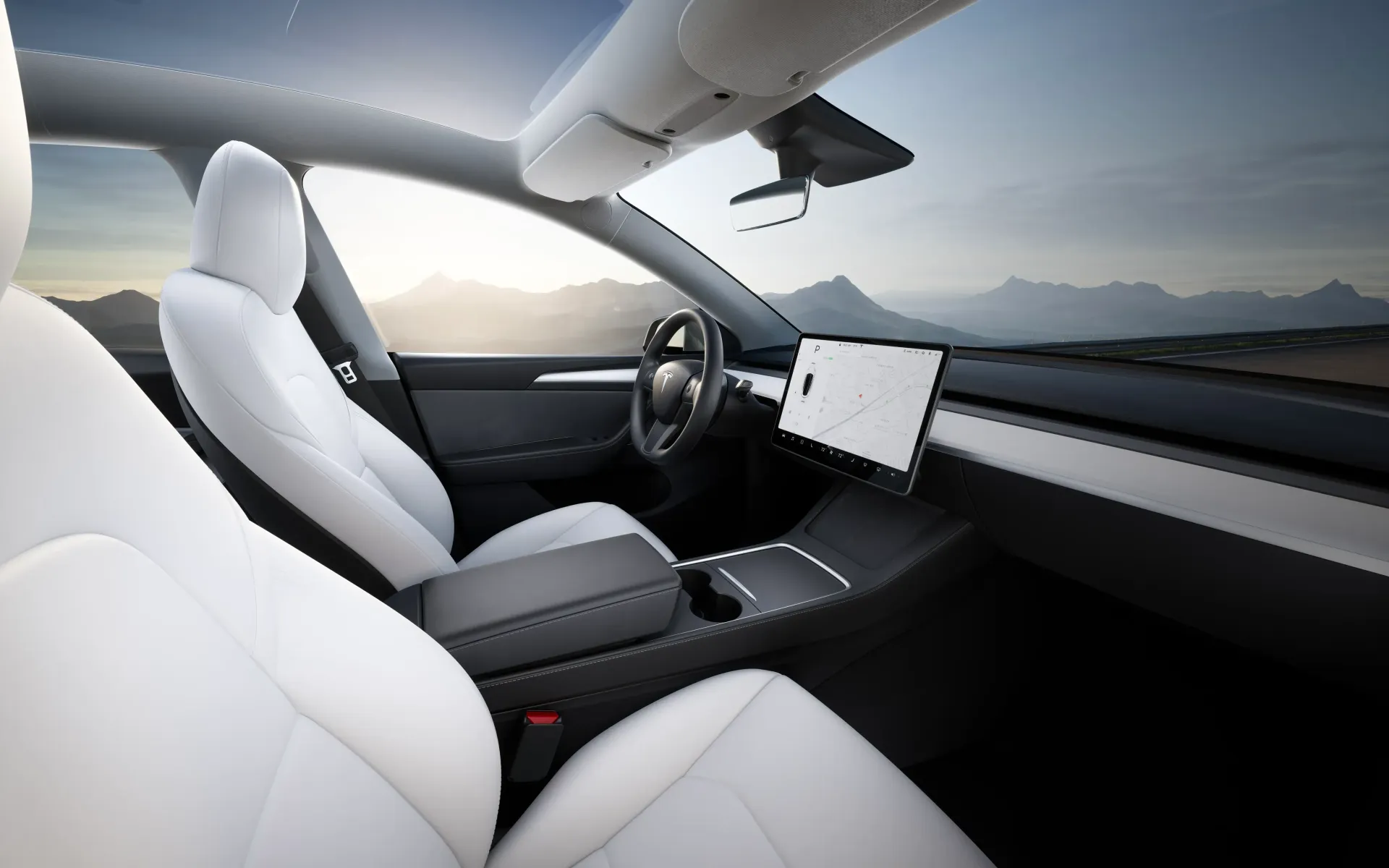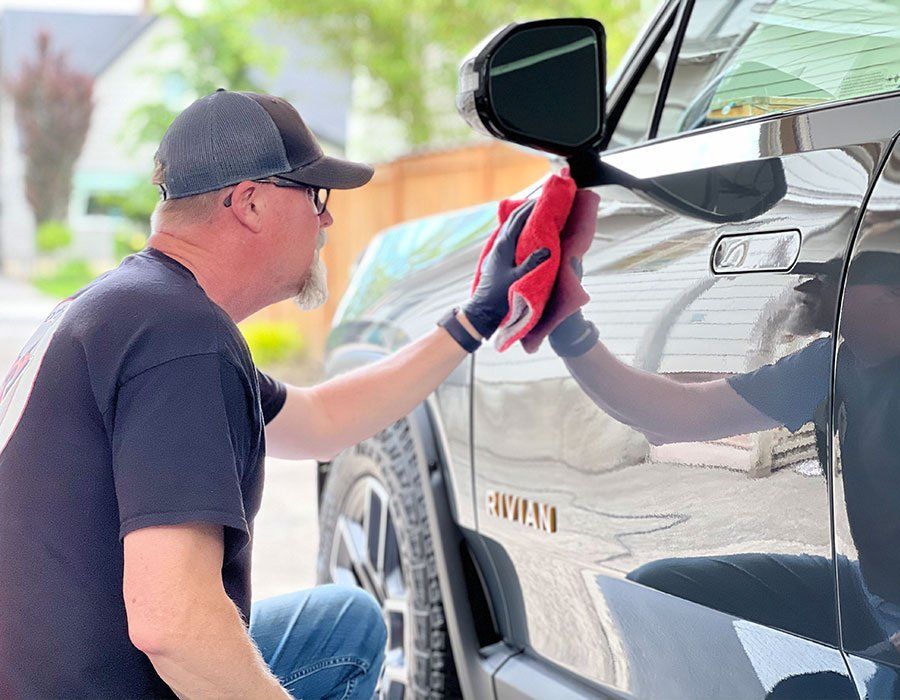A Complete Guide to Interior Ceramic Coating Maintenance for Vehicles
CALL (503) 444-7415
Maintaining your vehicle's interior ceramic coating is simpler than you think. It involves the use of pH-neutral cleaning items, avoiding harsh utensils, and routine checks for any damages. What may surprise you is that a specialized maintenance spray tailored for ceramic coatings can amplify their longevity and efficiency. Let's delve into this process in more detail next.
The best way to maintain interior ceramic coatings for vehicles is to follow a regular cleaning schedule using a pH-neutral car wash shampoo and microfiber towels. This will help preserve the coating's integrity, enhance its performance, and ensure the longevity of the protective layer. Always consult with the manufacturer's instructions for specific maintenance recommendations tailored to your ceramic coating product.
Best Practices for Interior Ceramic Coating Maintenance
When maintaining the interior ceramic coating of your vehicle, several essential best practices should be considered. Following these practices will not only help preserve the coating's integrity but also enhance its performance and durability over time.
- Use pH-neutral cleaning products. It's imperative to use pH-neutral cleaners when cleaning the interior ceramic coating. These products are gentle on the coating, ensuring that it remains intact and free from any abrasive damage. Using harsh or acidic cleaners can degrade the coating, leading to a loss in gloss and protective properties. By sticking to pH-neutral products, you can maintain the quality of the coating without compromising its longevity.
- Avoid abrasive tools. When cleaning the interior surfaces with ceramic coatings, it's crucial to avoid using abrasive tools or rough materials. Abrasive tools can scratch or damage the coating, diminishing its protective qualities and aesthetic appeal. Opt for soft microfiber towels and gentle cleaning brushes to ensure thorough yet safe cleaning without causing harm to the coating.
- Regularly inspect for damage or wear. Routine inspections of the interior ceramic coating are essential to detect any signs of damage or wear early on. By addressing any issues promptly, you can prevent further deterioration and maintain the coating's effectiveness. Look out for scratches, scuffs, or areas where the coating may have worn off, and take appropriate measures to address these concerns.
- Apply a maintenance spray. Applying a maintenance spray specifically to ceramic coatings can significantly enhance their performance and durability. These sprays provide an additional layer of protection, further boosting the coating's resistance to contaminants, UV rays, and environmental elements. Regular application of maintenance sprays can help prolong the life of the interior ceramic coating and maintain its optimal condition.
These best practices play a critical role in preserving the integrity and performance of interior ceramic coatings in vehicles. By adhering to these guidelines, you can ensure that your vehicle's interior maintains its pristine appearance while benefiting from the long-lasting protection provided by the ceramic coating. Regular maintenance following these best practices not only safeguards your investment in interior ceramic coatings but also enhances your overall driving experience by providing a clean and durable interior surface.
Detailed Process of Cleaning the Interior Ceramic Coating
When it comes to maintaining the interior ceramic coating of your vehicle, proper washing procedures are essential. Here’s a step-by-step guide to ensure the cleanliness and longevity of your interior ceramic coating:
Step 1: Pre-Wash Preparation
Before you start washing the interior ceramic coating, it's important to clear the vehicle's interior. Remove any loose items and thoroughly vacuum to eliminate debris that might scratch the ceramic coating during the washing process. This preparation ensures a clean and effective wash, preventing any potential damage from overlooked items or small particles.
Step 2: Use of Gentle Cleaning Agents
Select pH-neutral cleaning products specifically designed for use on ceramic coatings. These gentle cleaning agents effectively remove dirt and grime without harming the protective layer of ceramic coating. You can preserve the integrity of the ceramic coating and ensure its long-term effectiveness by using products with a neutral pH.
Step 3: Soft Microfiber Towels
Opt for soft, clean microfiber towels when drying your car after washing. Using these towels mitigates the risk of swirls or scratches, which can mar the surface and compromise the integrity of the ceramic coating. The use of soft microfiber towels ensures that the coating remains intact and maintains its sleek and glossy appearance.
Step 4: Special Attention to Sensitive Areas
When cleaning the interior surfaces of your vehicle, it is crucial to pay special attention to sensitive areas such as electronic screens, leather surfaces, and stitched areas. Utilize specialized products and techniques to ensure proper care and maintenance of the ceramic coating in these delicate areas. This meticulous approach safeguards against unintended damage to these vulnerable sections while effectively preserving the protective qualities of the ceramic coating.
By following these steps diligently, you can ensure a thorough and effective cleaning process while safeguarding the integrity of your vehicle's interior ceramic coating.
Tactics for Protecting Your Vehicle's Ceramic Coating
After investing in a quality ceramic coating for your vehicle, you'll want to make the most of its protective properties by incorporating some smart strategies. Let's explore some practical tactics that can help maintain and extend the life of your interior ceramic coating.
- Park in Shaded Areas: Parking your vehicle in shaded areas shields the interior coating from prolonged exposure to harsh sunlight and helps mitigate the impact of UV rays. This simple habit significantly prolongs the longevity of your ceramic coating by preventing UV-induced damage that can degrade the protective layer over time. Much like how our skin benefits from seeking shade on hot, sunny days, your car's ceramic coating similarly appreciates the refuge from excessive UV exposure. This practice serves as a proactive measure to safeguard the coating's hydrophobic qualities and overall integrity against potential UV-induced deterioration.
- Regular Inspection: Frequent inspection is a key aspect of proactive maintenance for your vehicle's interior ceramic coating. By taking the time to inspect the coating on a regular basis, you can detect any signs of wear, potential damage, or contaminants that could compromise its protective properties. A simple visual check can go a long way in catching issues early, allowing for timely interventions. Regular inspections also offer an opportunity to address any minor imperfections promptly before they escalate into more significant problems. Early detection allows for targeted maintenance, preserving the effectiveness of the ceramic coating and minimizing the need for extensive repairs down the road.
- Cleaning Frequency: Regular cleaning is paramount to upholding the resilience and aesthetics of your interior ceramic coating. By consistently removing dust, dirt, and stains, you prevent these elements from accumulating and diminishing the hydrophobic qualities of the coating. The frequency of cleaning should align with your vehicle's use, with heavier usage warranting more frequent cleaning. For instance, if your vehicle experiences regular use during daily commutes, opting for a weekly cleaning routine may suffice to uphold the pristine condition of your interior ceramic coating. On the other hand, if your vehicle sees lighter usage, monthly cleaning sessions could be adequate for maintaining its cleanliness and protective properties.
By integrating these protective measures into your maintenance routine, you can ensure that your vehicle's interior ceramic coating remains resilient and visually appealing for an extended period of time. Incorporating these protective strategies into your regular upkeep supports the durability and allure of your vehicle's ceramic coating.
Tools Needed for Ceramic Coating Maintenance
Maintaining your vehicle's ceramic coating requires the right tools to keep it looking and performing at its best. With the right equipment, you can ensure that your investment stays protected and retains its glossy appearance for longer periods of time. Let's take a look at the essential tools you'll need.
Soft Microfiber Towels
When it comes to maintaining ceramic coatings, soft microfiber towels are indispensable. These towels are crucial for applying maintenance sprays and for gently drying the interior of your vehicle after washing. The soft fibers help prevent scratches, ensuring that the coating remains intact and free from damage. Essentially, these towels play a dual role in maintaining the ceramic coating: they are gentle enough to ensure that the coating is not marred during application of maintenance sprays, and they provide a safe, scratch-free way to dry the interior without compromising the integrity of the coating.
pH-Neutral Cleaners
Utilizing specific pH-neutral interior cleaners is essential when cleaning ceramic-coated surfaces. These cleaners are carefully formulated to be safe for ceramic coatings, preventing any damage that could be caused by using harsh or acidic cleaners. Designed to effectively remove dirt, dust, and other contaminants from your vehicle's interior, they are gentle enough not to compromise the protective layer of ceramic coating. By using pH-neutral cleaners, you can maintain the integrity of the coating while ensuring that your vehicle's interior maintains its pristine appearance.
With these essential tools at your disposal, you can effectively maintain your vehicle's ceramic coating and ensure that it continues to provide long-lasting protection and a stunning finish.
Selecting a Quality Ceramic Coating
When choosing a ceramic coating for your vehicle's interior, it's not just about aesthetics; it's also about protecting the interior from wear and tear. Let's break down what to consider when selecting a ceramic coating.
- Durability: Look for a ceramic coating that can withstand constant use and abrasion since the interior of a vehicle experiences heavy activity.
- Ease of Application: Consider how easy it will be to apply the ceramic coating. Professional application is necessary for some, while DIY use is possible for others.
- Hydrophobic Properties: A good ceramic coating should repel water and dirt, making the interior easier to clean, which is crucial for inevitable spills and stains.
There are different types of ceramic coatings, each offering varying levels of protection and longevity. Professional-grade ones usually entail skilled installation and are costlier, while DIY kits offer a more affordable option with simpler application processes. To make an informed decision, consider your specific needs, budget, and the level of protection you want for your vehicle's interior. Consult professional opinions and user reviews online to gather insights from individuals who have used the products in real-world scenarios. With these factors in mind, you'll be able to select a quality ceramic coating that safeguards your vehicle's interior while meeting your specific requirements.
Quality Interior Ceramic Coating Application in Portland, OR
Revitalize your vehicle's interior with Portland Pro Detail, the leading provider of quality interior ceramic coating applications in Portland, OR. Our meticulous team specializes in
enhancing the beauty and durability of your car's interior surfaces, from luxurious leather seats to sleek dashboard panels. With our advanced ceramic coatings, your interior will be shielded against stains, spills, and UV damage, maintaining its pristine condition for years to come. Say farewell to the frustrations of cleaning and preserving your car's interior; entrust it to our expertise and elevate your driving experience to new heights. Contact Portland Pro Detail today and indulge in the ultimate protection and luxury for your vehicle's interior. Call us at
(503) 444-7415!

